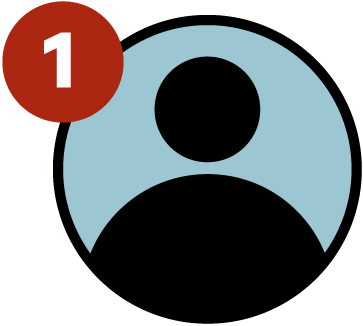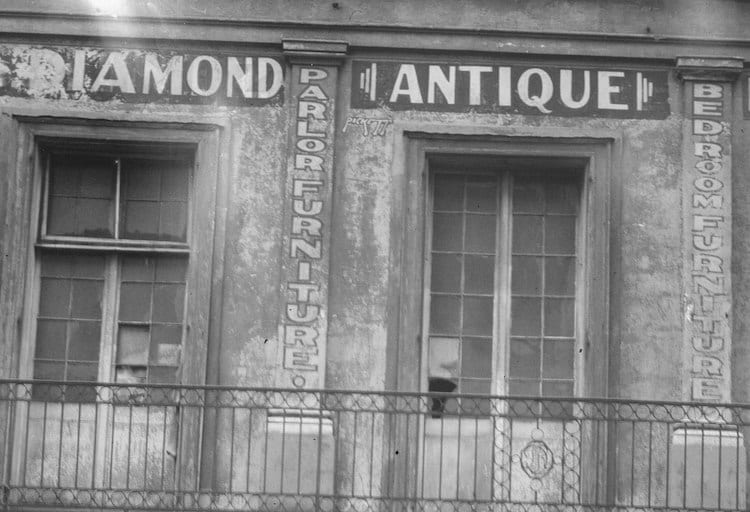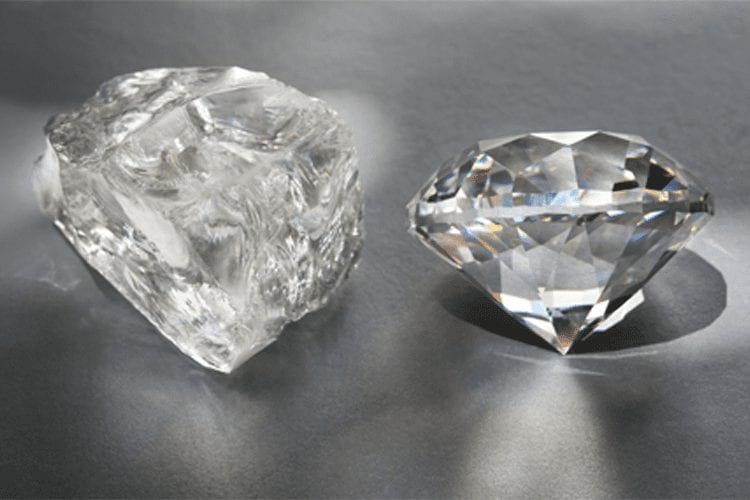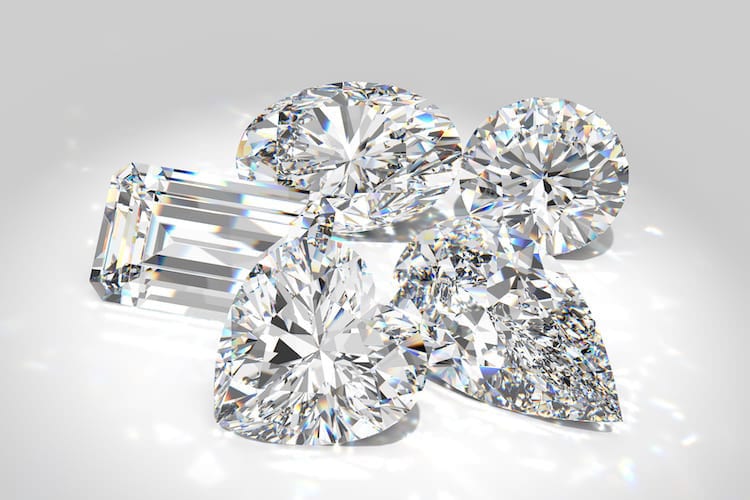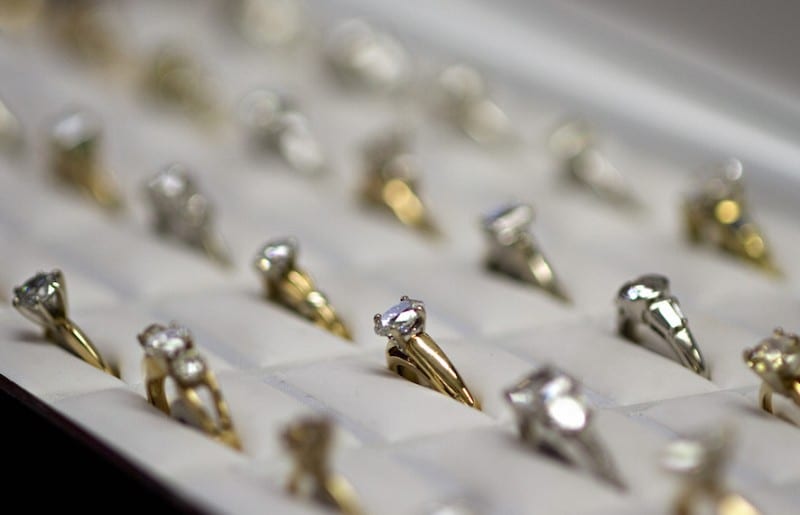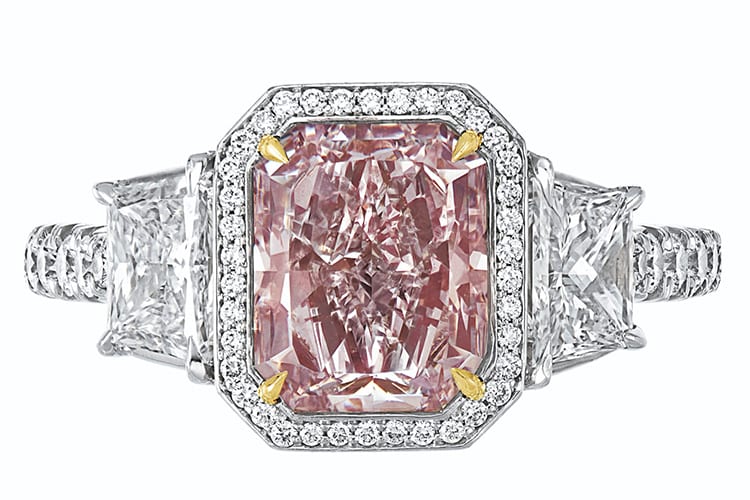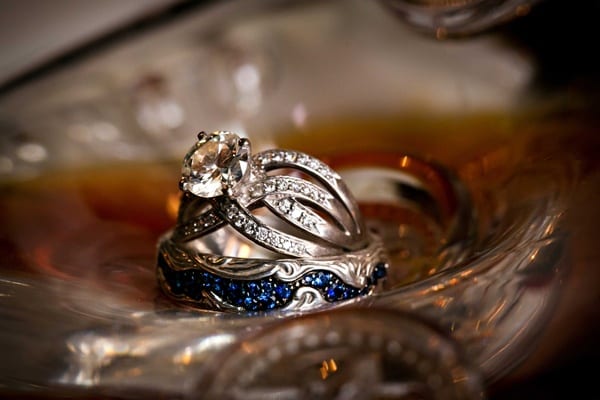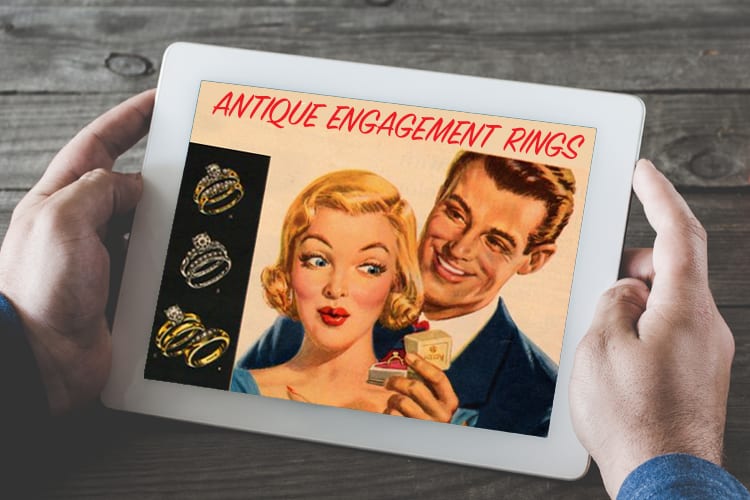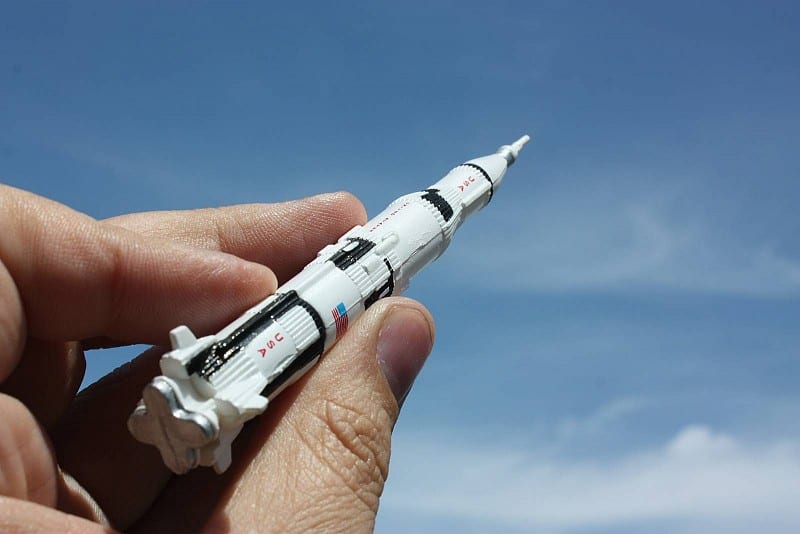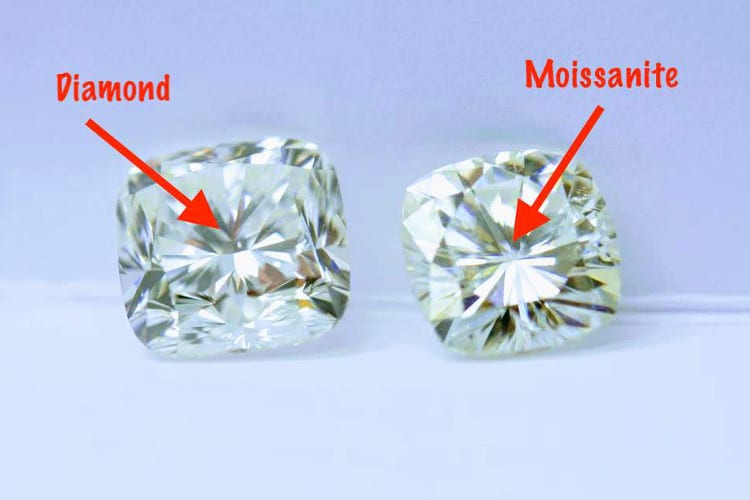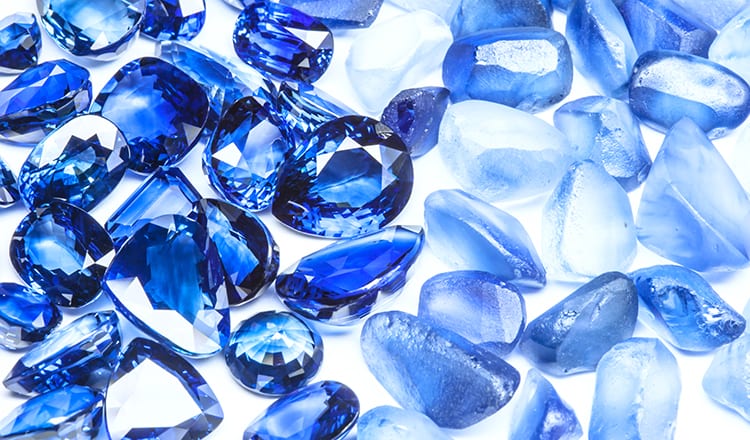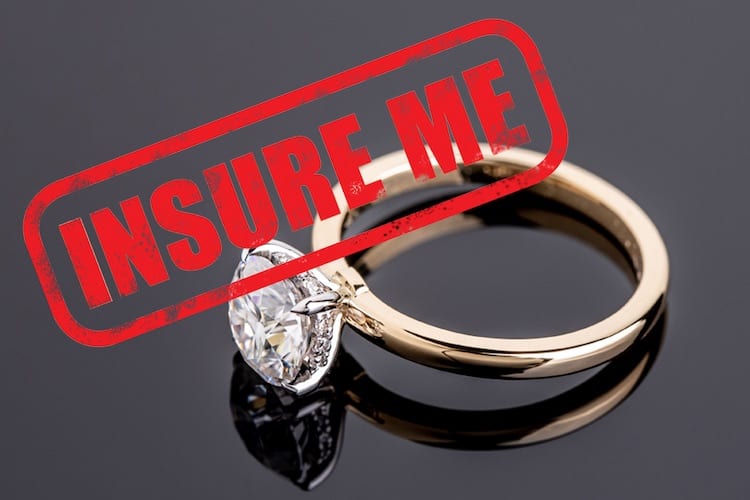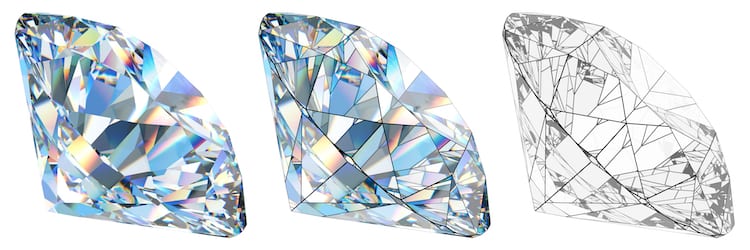
Of the four famous “C’s” of diamond buying — color, clarity, cut and carat weight — you will often hear that cut is most important. But as diamond experts know, it really depends what you’re looking for. If you’re evaluating the market value of a diamond, cut can rank slightly below color and clarity.
When it comes to the beauty of the diamond, cut is the big C. Given you’re shopping for an engagement ring — not a diamond to resell, but rather one to dazzle your bride and all who gaze at her ring finger — you may want to take some time to understand this aspect of the diamonds you’re looking at.
Cut Is Not the Same Thing as Shape
“Cut” does not refer to the shape — round, square, pear, or marquise — as much as faceting (the flat surfaces) and proportion. This is what produces light reflection, a key component of a good diamond. Think of facets as mirrors. If they’re positioned right, light enters the diamond, bounces across the various facets, and leaves. But if a single facet is not positioned properly, light leaks out of the diamond, never maximizing fire, sparkle, or brilliance, and never reaching its full optical potential.

Color and size are pretty easy to understand. Cut is a bit trickier. There is math and science behind a good diamond cut. Done with skill and experience, a diamond’s cut can transform it with moderate color and clarity into something pretty spectacular that’s worth more.
What Makes a Good Cut? Faceting!
Modern faceting involves a complex set of angles designed to emphasize a diamond’s natural beauty and mask its imperfections, or inclusions (clouds, cavities, chips, crystals, and that’s just the C letters). A skilled cutter has to do this without sacrificing too much of the diamond itself. The idea is to maximize reflection, size, and color while minimizing inclusions.
Bigger isn’t always better. Look for super sparkle at sites like Whiteflash, Brian Gavin, and James Allen. They are known as go-to sellers of ideal cut diamonds.
Modern brilliant cuts, that complex set of 57 to 58 facets you see in most round, princess, pear, and marquise shape diamonds, are calculated to reflect maximum fire and scintillation. Fire is the word jewelers use to describe the scattering of white light that produces that flash of rainbow colors a diamond gives off when you move it around. Pictured below, the three diamonds are demonstrating a range of cut quality: Excellent (left), Good (middle) and Poor (right). Photo courtesy of GIA.

Scintillation, another word you’ll hear a lot when diamond shopping, refers more to sparkle. A diamond’s unique ability to throw off light is the reason designers use diamonds as accents as well as centerpieces. No other gemstone flashes quite like a diamond. A good cut on a good diamond will dazzle you.
Anatomy of a Diamond: Crown, Girdle, Pavilion, and Culet
Faceting varies according to shape. Most diamonds you’ll be looking at were cut “modern brilliant” style, including most round, princess, pear, and marquise shapes. Since the most common is the round brilliant, let’s use that as a primary example.
Looked at from the side, a round brilliant cut diamond is a modified cone shape. The first thing you’ll see when you look at a diamond ring on someone’s finger is the crown: everything inside and above the girdle, or outer rim, including the flat mirror-like table facet on top and the facets around it.

A diamond grading report will describe the thickness of the girdle. If the girdle is too thin, it’s more likely to chip. If it’s too thick, it will take up unnecessary weight. Both reduce the value of a diamond, but an ultra-thin girdle is definitely something to avoid.
Go to Whiteflash or James Allen to see what kinds of ring designs work best with that shape (and others). Their selection spans from vintage to modern — and across all budgets.
Everything below the girdle is known as the pavilion, where most of the facets are, while the bottom tip of the cone is called the culet. This appears to be a point but is often another facet, so tiny you need a loupe to see it in a modern cut. The “old-mine cut” or “old-European cut” diamonds you find in antique rings often appear darker and less sparkly. They have fewer facets and are not proportioned to reflect as much light. They also have larger culets. The larger the culet, the more visible it will be from above and the less light the diamond will reflect.
What Certificates Reveal About Diamond Cuts
Let’s assume you’re looking at a recently cut diamond of a carat or more. When jewelers refer to the 4Cs of diamonds, they are talking about the standards established in 1949 by the Gemological Institute of America (GIA). It’s where most diamond certificates are produced, the ones you expect to get with a diamond of a carat or more. There are other respected diamond labs though, including the American Gemological Laboratories (AGL).
Diamond lab reports grade cut and finish as anywhere from “poor” to “very good” to “good” to “fair” to “excellent.” They also list measurements and proportions, while the depth and table diameter of the diamond appear as percentages.

On a round brilliant, a depth of 58-62% is considered ideal. Table diameter refers to the percentage of the total width of the stone. An ideal table width is 53-57%. If proportions are outside that range, the price should reflect that. Reports will also grade finish, specifically polish and symmetry.
Here are two 1-carat round brilliant diamonds from Blue Nile, both about the same color (I) and clarity (SI1).
The first diamond has a “good” cut, the lowest quality you can find on Blue Nile. According to its GIA report, the diamond has “very good” polish and symmetry, a “very small” culet, and a “very thick” girdle. It’s proportions: 66.8% depth and 55% table width. Measurements: 6.11 x 6.07 x 4.07 mm. This diamond is priced at $2,925. (Photo below courtesy of Blue Nile)

The second diamond has an “Astor ideal” cut, the highest quality you can find on Blue Nile. According to its GIA report, the diamond has “excellent” polish and symmetry, no culet, a “medium to slightly thick” girdle, 62.2% depth and 55% table. These may seem like slight variations, but its depth in particular is the ideal proportion, which gives it noticeable sparkle. Despite being the same carat weight as the one above, it measures 6.44 x 6.41 x 3.99 mm, which makes it look larger. This diamond is $5,745 — that’s almost twice the price. (Photo below courtesy of Blue Nile)

If you look closely at the 360° videos on the Blue Nile website, you’ll get some indication of the difference but you really have to see these diamonds in person to get the real difference.
What to Avoid: Write This Down Somewhere
You don’t need “ideal” proportions to end up with a beautiful diamond, but you should avoid the following:
- a table diameter above 69%
- a depth over 64% or under 57%.
- asymmetrical facets
- a sloping table facet
- a chipped culet
Study the diamond girdle for chips or wavy or “fringed” cutting. But don’t panic — minor issues can often be corrected by repolishing.
A Word on Recycled Antique Diamonds
Old-mine and old-European diamonds are often recut to improve brilliance, which can reduce their weight significantly. As interest in sustainability and a new generation of antique jewelry aficionados grows — thanks in part to Instagram — many have come to appreciate older diamonds. These softer cuts are enjoying a comeback, due partly to the interest in eco-friendly jewelry. Nothing is easier on the environment than a gem mined and cut 150 years ago.
But they predate the precision faceting we’ve come to associate with diamonds in the past century and have much less flash. For some, these antique cuts have their own charm, and you can get more diamond for less dollars with recycled diamonds. However, you may not want one as a center stone on a newly designed engagement ring as it may not sparkle, dazzle, or wow like a diamond with a newer cut.
Here is a 1.21ct Old European-cut diamond of I color and SI2 clarity from Perpetuum Jewels, a wholesaler of “post-consumer diamonds” recycled from antique jewelry. You can see the larger culet facet in the center, the domed top (crown) and smaller table facet. This is what diamonds looked like before brilliant faceting became the ideal. (Photo below courtesy of Perpetuum Jewels)

Bottom Line
You may be able to find a real beauty with a slightly lower color or clarity grade if the gem is cut to maximize its potential. Decide if you’re buying primarily for beauty or value. If it’s beauty, we suggest putting cut at the top of the list of Cs and holding out for a diamond with the best symmetry, finish and proportions you can afford.

